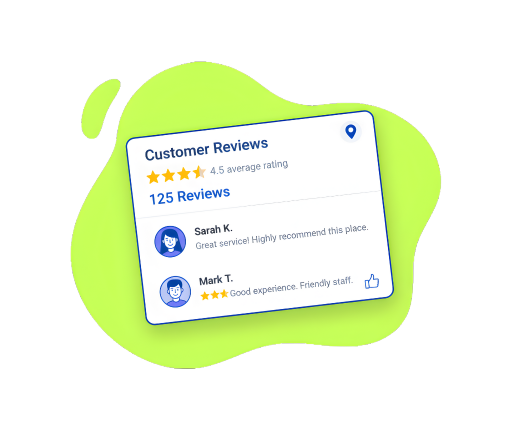Many businesses obsess over the number of Google reviews and star ratings, but few understand what actually improves rankings and builds trust. Below are common myths and the facts that matter.
Myth: Higher review count is always better
While single-digit totals (0–9) should be increased, raw review count is rarely a top driver of visibility. Recency and detail matter more. Aim for a steady, weekly flow of fresh reviews (for example, 5 per week) rather than a one-time spike.
Do not focus exclusively on Google. Customers and algorithms also consider other platforms, such as Yelp and industry directories. A consistent stream of authentic reviews across multiple platforms signals broader prominence.
Myth: You should have zero negative reviews
A profile with no negative feedback can look suspicious.
Expectations are not always met, and that is normal.
What matters is how you respond.
Reply calmly, acknowledge the issue, and offer a constructive path to resolve it.
This builds trust and often converts readers into customers.
Always reply to reviews, positive or negative.
As a target, maintaining a 4.2+ average rating is strong. If you believe a review violates policy or is malicious, report it to Google for review. Stay professional; coordinated negative reviews are more common than most owners realize.
Myth: Asking for reviews is annoying
Asking is not the problem; friction is. Make leaving a review effortless. Place a scannable QR code at the counter, on tables, receipts, follow-up emails, or SMS. Add a short, polite request and a direct link to your review page. You will be surprised how many customers are willing to help when the process is simple.

